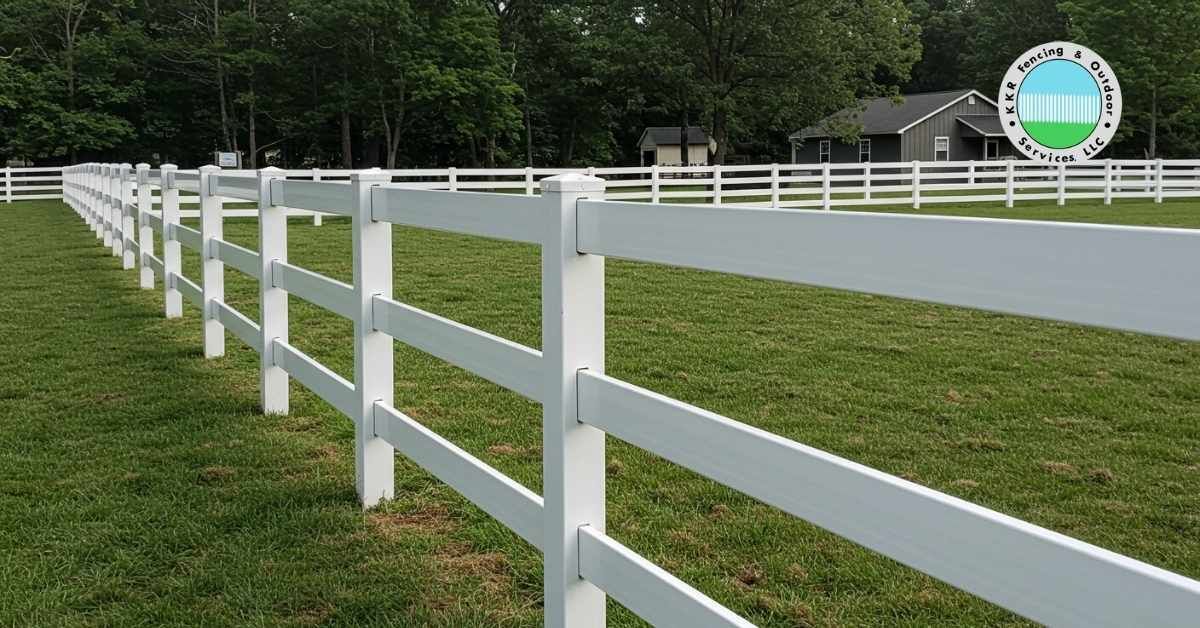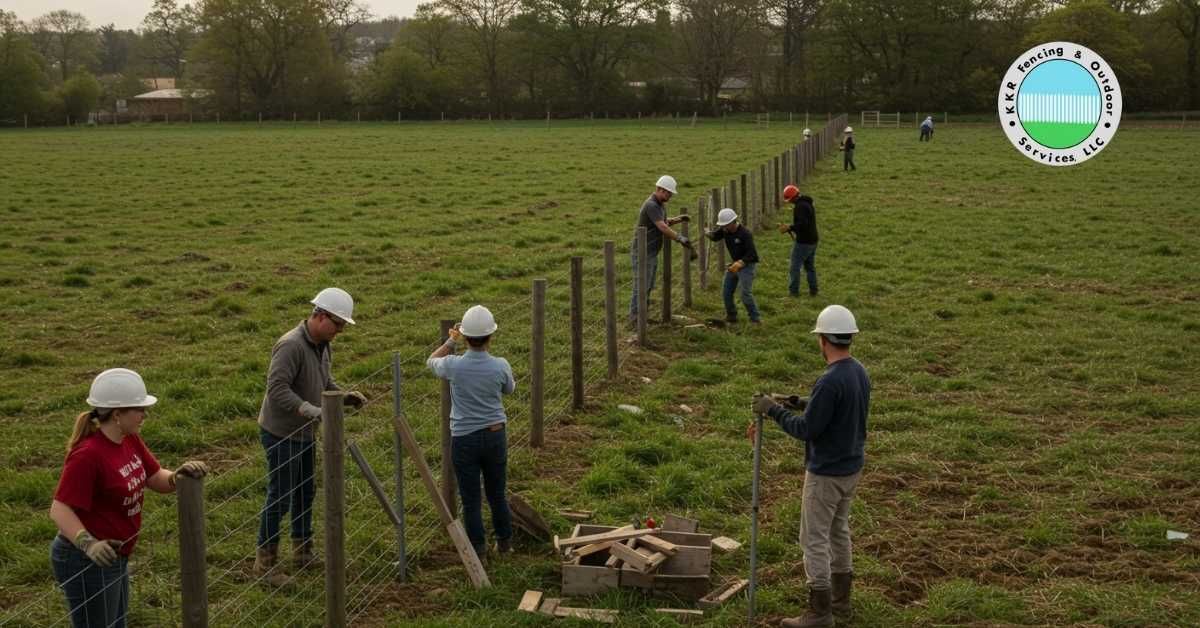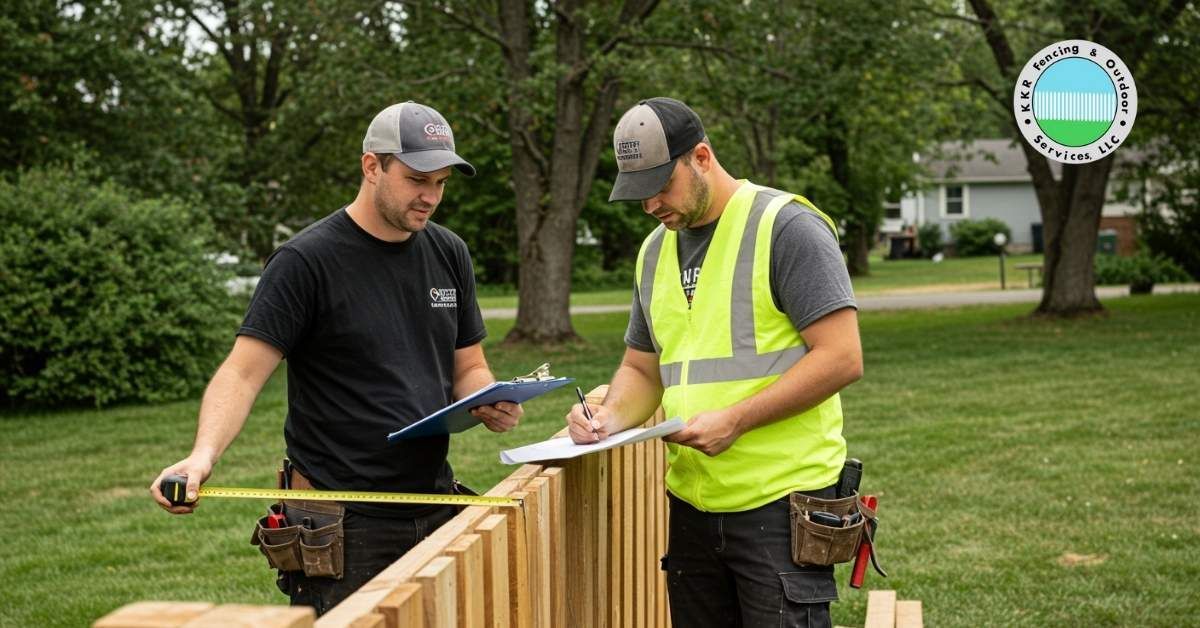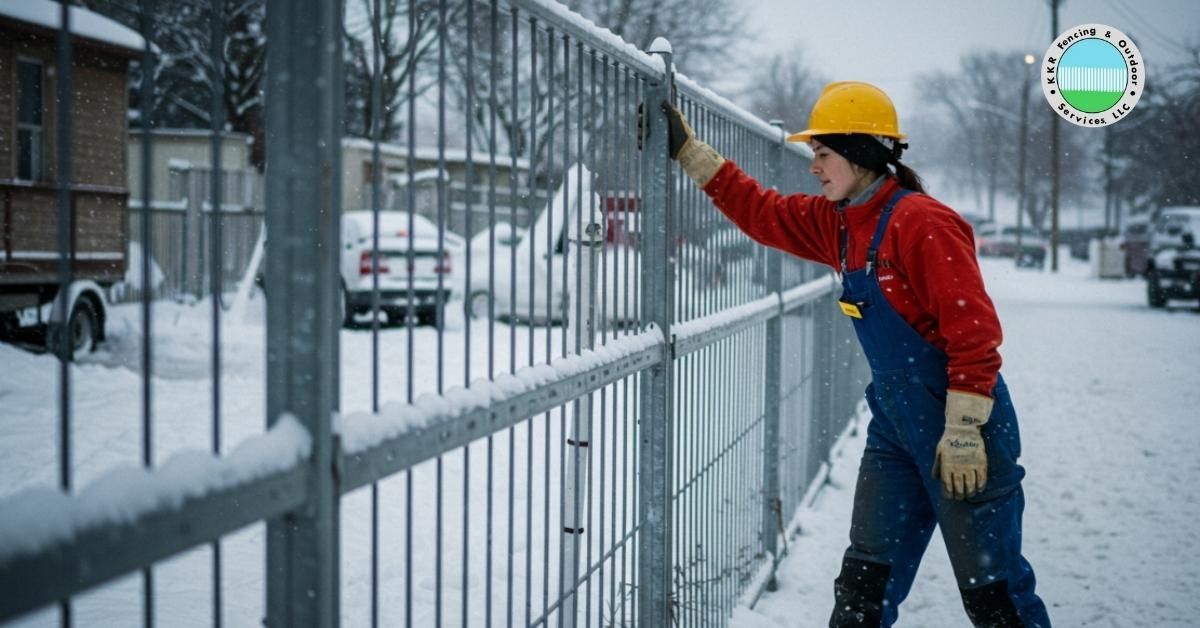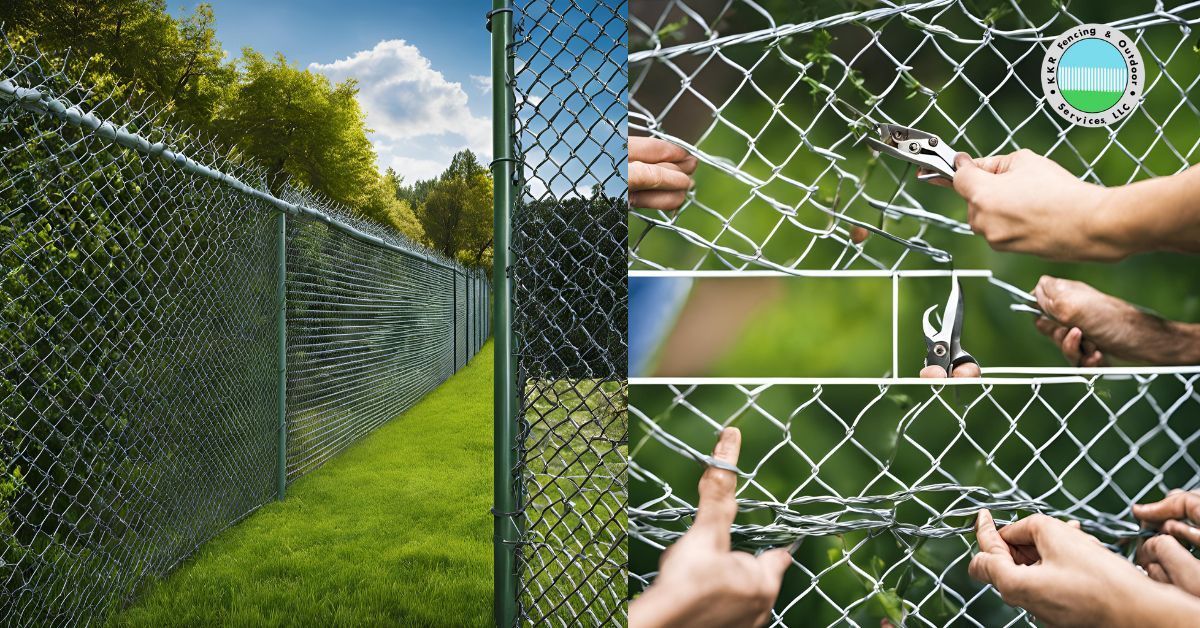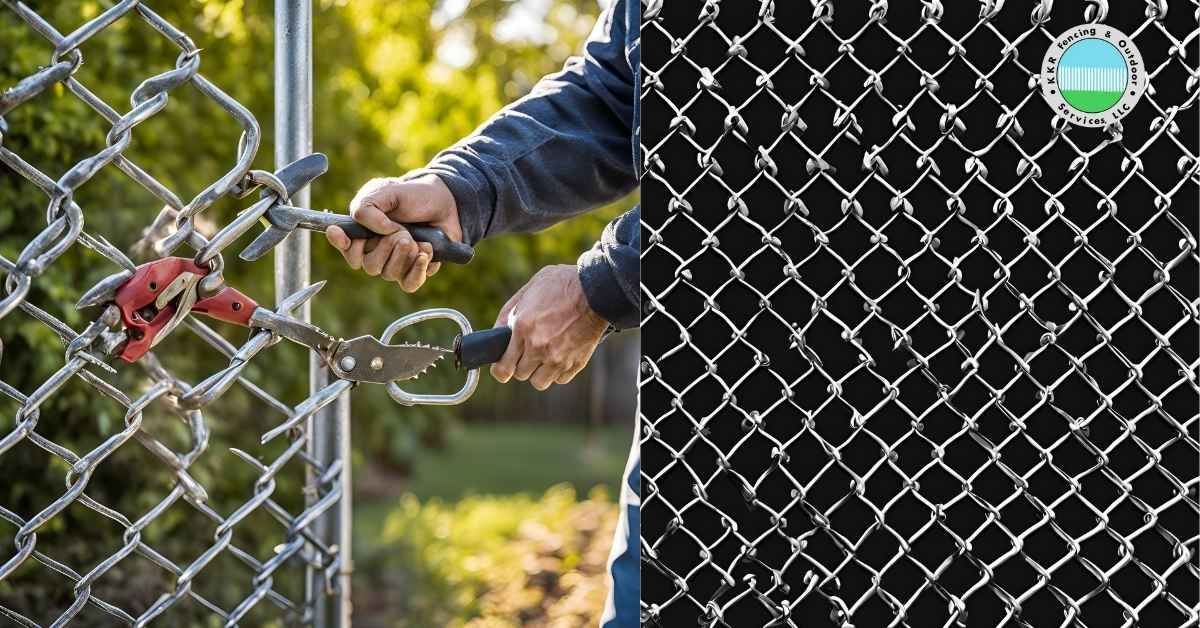Get Started On Your Fence Project | Call Today for a FREE Estimate
Creeping Fig on Chain Link Fence
Hey there, green thumbs and DIY enthusiasts! Ever looked at your chain link fence and thought, "Man, this could use a serious facelift!"? Well, have I got some news for you. Ever heard of creeping fig? It's this glorious evergreen plant that has a knack for climbing up surfaces, turning bland into grand. Keep reading to get the scoop on how to jazz up that chain link fence of yours with some lush, green creeping fig.
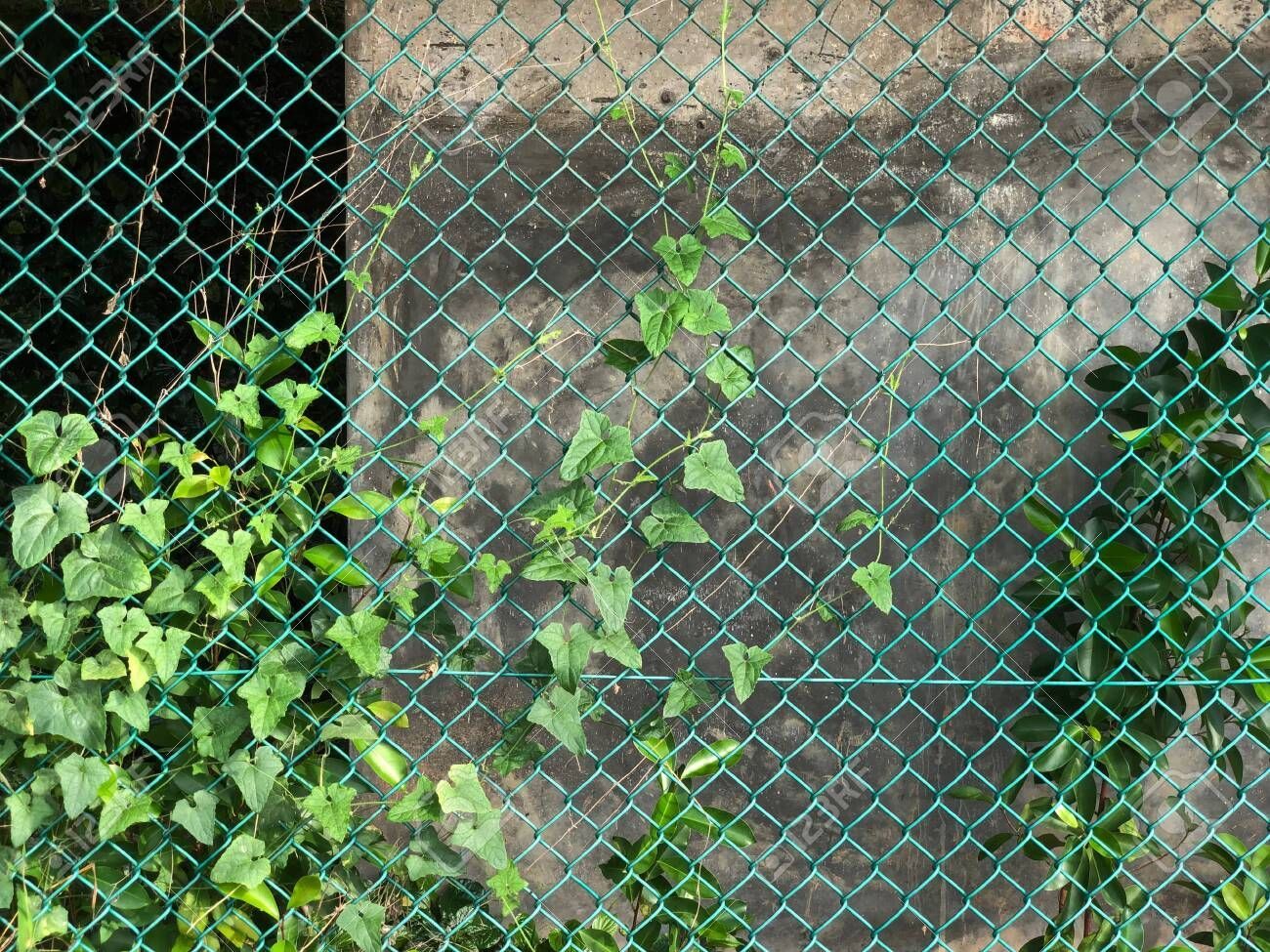
Ready to up your fencing game? Creeping fig isn't just a plant; it's an evergreen, climbing marvel that can soar up to 20 feet, making it a prime pick for chain link fences that could use a dose of Mother Nature's beauty.
What's the Deal with Creeping Fig?
Creeping fig or Ficus pumila, if you want to sound all scientific, is more than just a plant. It's an evergreen wonder that's all about making your outdoor spaces pop with life. Hardiness zones? Oh, this bad boy is resilient! If you're living anywhere that's USDA zones 8 and up, you can enjoy this green curtain all year long. I mean, who doesn't want to turn their fence into a living piece of art?
Chain Link Fences: More Than Just Metal
Look, we get it. Chain link fences aren't winning any beauty contests, but that's where their potential shines. You can turn them into the perfect canvas for plants like creeping fig. Plus, they're durable, they're affordable, and they practically beg for something to climb on them.
The Nitty-Gritty: Planting Your Creeping Fig
Alright, enough chit-chat. Let's get those hands dirty. First, scope out a spot with some decent partial shade and well-drained soil. Got it? Great. Now dig a hole, make it twice as wide as the root ball and just as deep. Drop your plant in, fill the hole back up, and give it a nice, long drink of water. Pat yourself on the back; you're an artist in the making.
In It for the Long Haul: Maintenance Tips
A little TLC goes a long way, my friends. Your creeping fig is like that friend who just needs a little attention to shine. Keep it hydrated, especially during those dog days of summer. Every two months, give it a nutrient boost with some good old fertilizer. As it grows, you might have to guide it a bit. Maybe even trim a little here and there to keep things neat.
All the Good Vibes: Benefits of This Dynamic Duo
We've talked about how creeping figs can transform your chain link fence, but let's dig deeper. You're not just adding green; you're adding privacy. You're creating a little outdoor sanctuary where you can sip your morning coffee or read a book. You're taking a dull, lifeless fence and breathing life into it. How awesome is that?
Hold Up: Some CautionsSo, creeping fig is fantastic, but even superheroes have their weaknesses. Remember, this plant loves to climb, and that includes walls and wood fences. Be careful where you let this green machine go. According to some expert advice from 2015, creeping fig can encourage rot on wooden surfaces and even loosen mortar on walls, so be smart about where you plant it.
Conclusion
Who knew that a simple plant could take your chain link fence from blah to aha? With a little love and care, creeping fig can transform your outdoor space into a green paradise. And hey, if you ever get tired of your living fence, you can always switch it up—the beauty of nature is its endless versatility.
FAQs
Can I Really Use My Chain Link Fence as a Trellis for Creeping Fig?
Absolutely! Chain link fences are ideal for climbing plants due to their sturdy and open structure. Creeping figs, in particular, will thrive as they can easily latch onto and weave through the links, creating a dense green coverage over time.
What Are the Potential Downsides of Creeping Fig?
While creeping figs are excellent for creating lush green walls, they can be overly vigorous. On wooden fences, they might trap moisture leading to rot or decay, and on walls, their aggressive roots can damage mortar and brickwork. Regular maintenance and careful monitoring are essential to prevent these issues and ensure the plant doesn't overtake areas where it could cause damage.
What is the Best Spot to Plant Creeping Fig?
The ideal location for planting creeping figs is an area that receives partial shade throughout the day. Excessive direct sunlight, particularly in hotter, drier climates, can stress the plant, leading to leaf burn or stunted growth. North-facing or east-facing locations are typically ideal as they provide sufficient light without the harsh intensity of afternoon sun.
Will Creeping Fig Climb on a Trellis?
Yes, creeping figs are well-suited to climbing up trellises. However, it’s important to ensure that the trellis is robust and securely anchored, as the weight of the plant can become significant as it grows. Regular pruning and guidance can help manage its growth and maintain structural integrity.
What Are Some Alternatives to Creeping Fig?
If you're reconsidering using creeping fig due to its vigorous nature, there are several other climbing plants that are less aggressive. Persian Ivy, English Ivy, and Boston Ivy are all excellent alternatives. These plants still provide ample greenery and privacy but typically require less maintenance and pose fewer risks to structures. Each has its own growing conditions and aesthetic appeal, so consider what matches your garden's conditions and your personal taste.
For reliable fencing services in New York, visit KKR Fencing.
If you’re looking to enhance your website’s SEO, connect with our partners at Pro Growe.
Call Now for a Free Estimate
We serve clients In Delevan, East Aurora, Erie County, Buffalo, NY And Beyond.
Nearby Location We Serve
Niagara Falls | Delevan | East Aurora | Erie County | Sanborn | Wheatfield | Tonawanda | Lockport | Basom | Indian Falls | Pembroke | Corfu | Darien Center | Batavia | Alexander | Attica Alden | Clarence | Warsaw | Arcade | Houghton | Springville | Gowanda | Dunkirk | Irving | Hamburg | Orchard Park |Blasdell | Amherst | Cheektowaga
All Rights Reserved | KKR Fencing & Outdoor Services LLC
